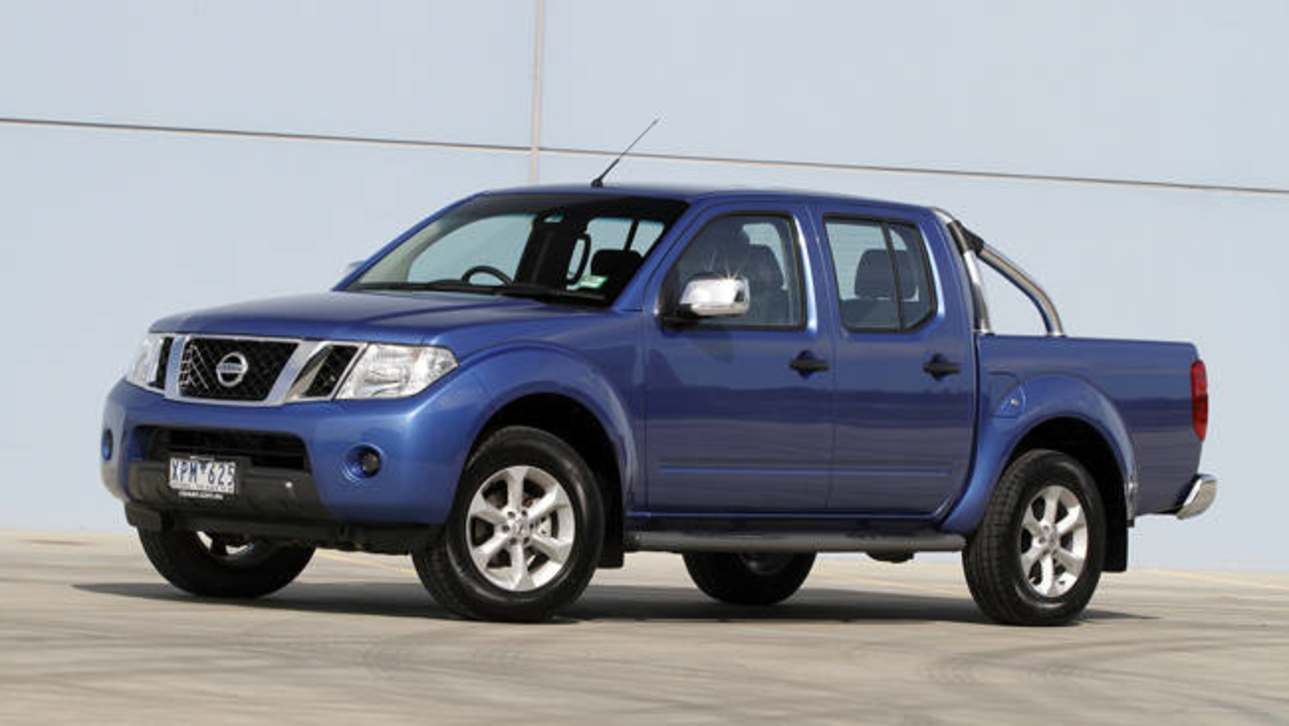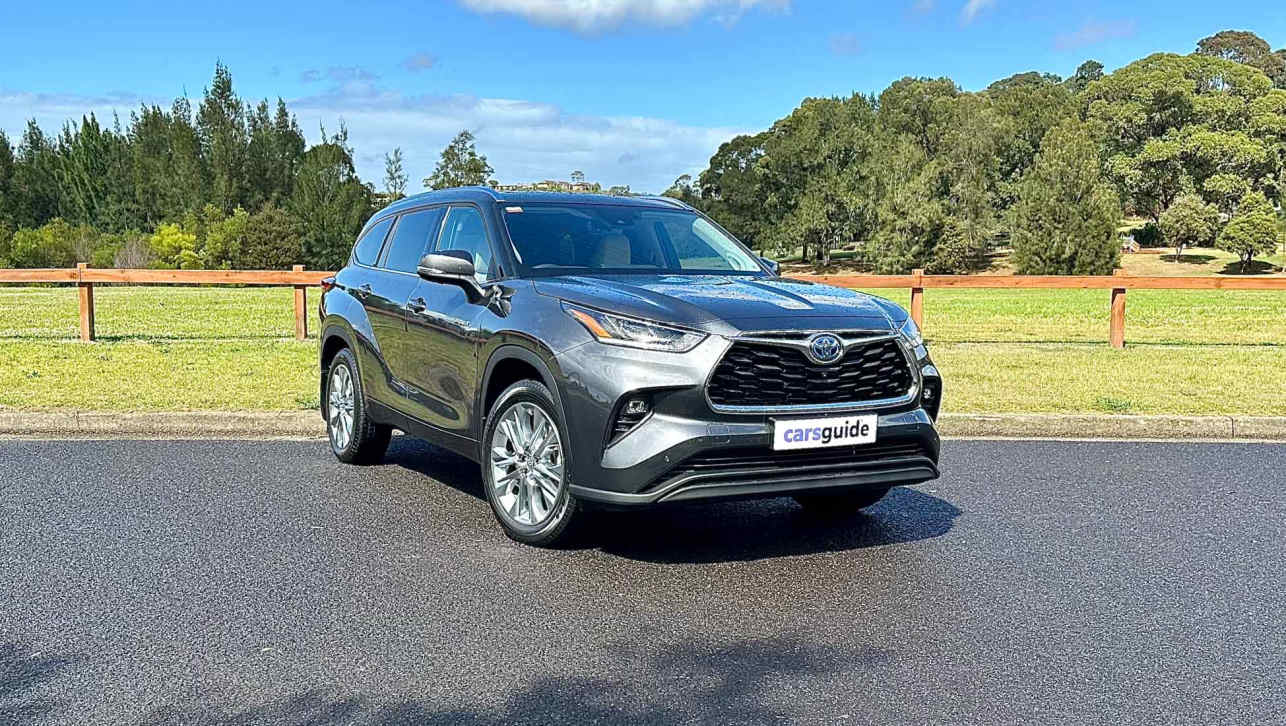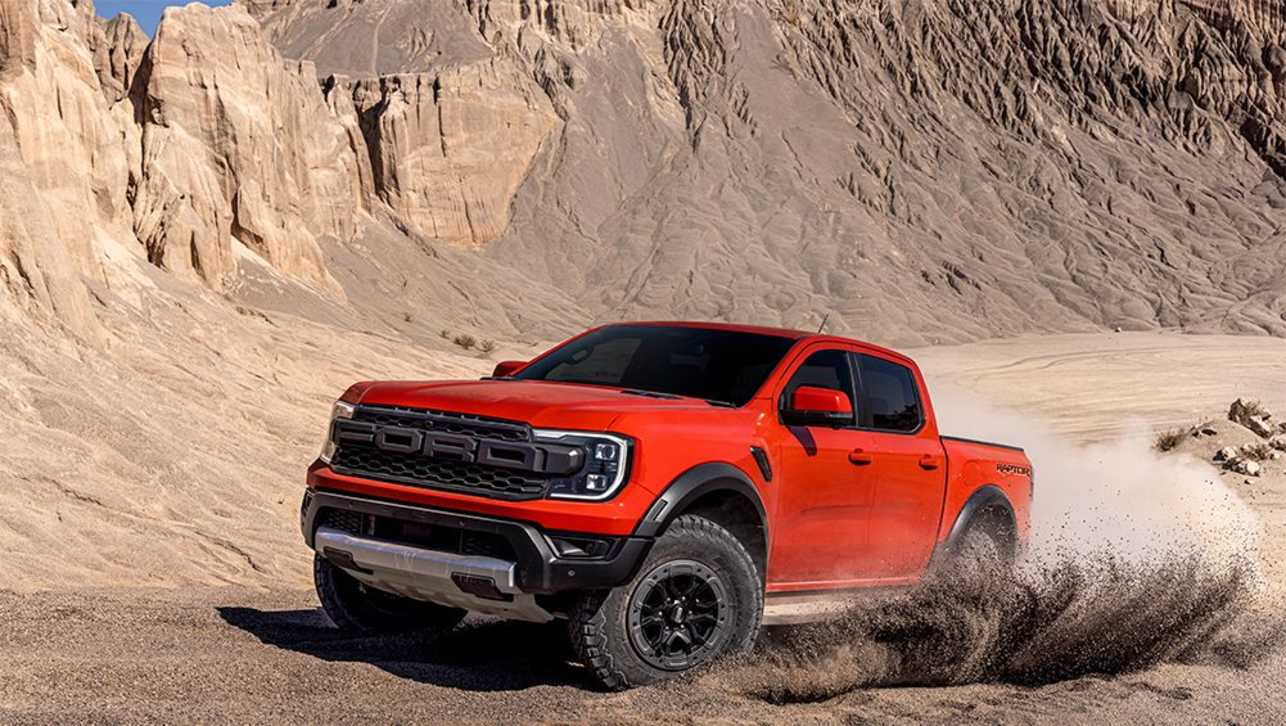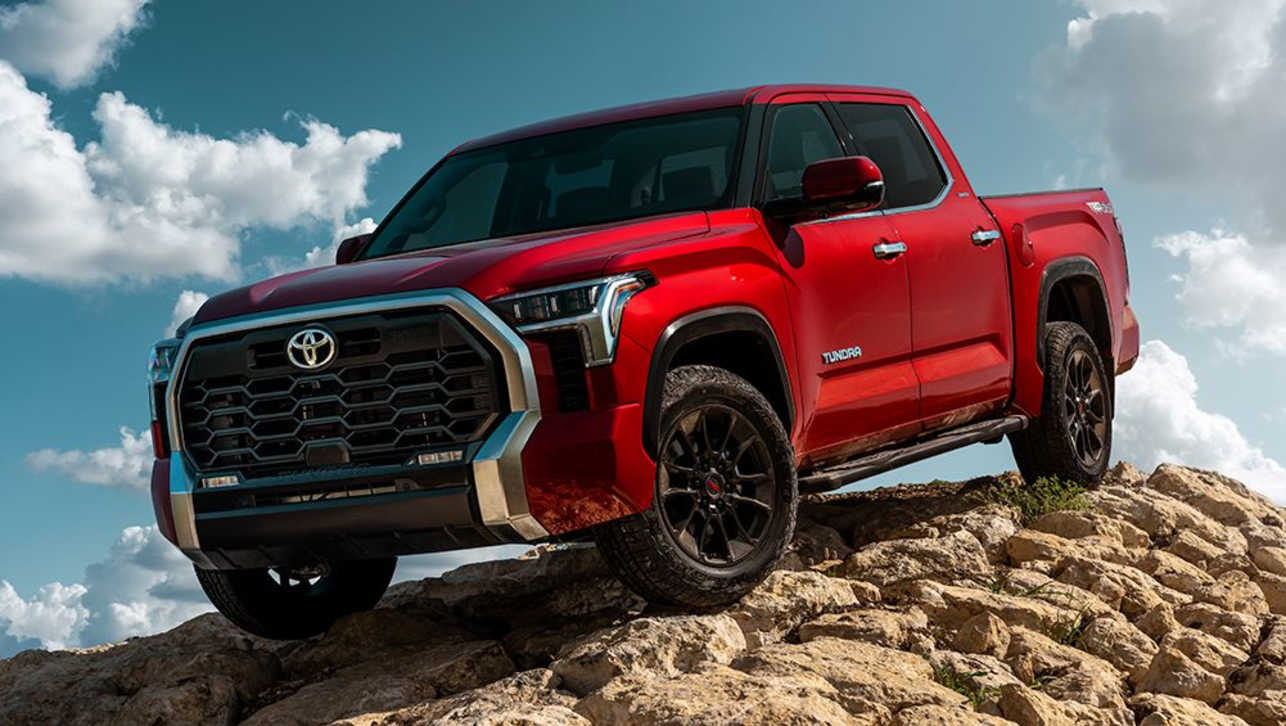For the first time in Australian automotive history the top-three selling car brands in February were Japanese -- and only two locally-made cars barely made it into the top 10.
Toyota continued its 10-year dominance leading the market in February, with full importer Mazda maintaining second place for the third month in a row.
But in a move that has left industry veterans gob-smacked, Japanese counterpart Nissan bumped Holden off the podium to claim third place.
It is the first time in the 79-year history of Datsun-Nissan in Australia that it has outsold Holden -- and the second time in a year Nissan has beaten Ford.
Perhaps more disturbingly for Australia’s struggling car manufacturers -- and the state and federal governments under fire for propping them up with taxpayer dollars -- Nissan is selling more cars now than when it assembled them locally between 1972 and 1992.
Holden claims its February flop was caused by a computer glitch that restricted dealers from reporting sales (click here for the exclusive story). Its one saving grace: the Commodore and Cruze were the only locally-made cars to scrape into the top 10.
Japanese brands cashed-in with sharper prices across a strong line-up of small cars, SUVs and utilities, confidential preliminary figures revealed exclusively to News Limited show.
The currency’s crippling effect on the Australian car industry has renewed calls on the Reserve Bank to weaken the Australian dollar, which has been at record highs for two years.
Last week an RBA report released under Freedom Of Information showed the Australian dollar was over-valued by 7 per cent, but RBA governor Glenn Stevens maintains an intervention is not required.
“The sharpest prices we’ve seen in decades have been driven by interventions by foreign central banks,” Holden director of government and corporate affairs Matt Hobbs told News Limited. “It’s an issue that Australian government needs to be aware of. We have not seen this sort of currency pressure since the 1970s.”
The artificially devalued Japanese Yen has enabled Australian importers of Japanese cars to offer abnormally sharp discounts.
Late last year one Australian dollar bought 80 Yen, but as the Japanese currency weakened one Australian dollar was worth 90 Yen in January and climbed to almost 95 Yen at the start of March.
Honda Australia has even reverted to sourcing some cars from Japan rather than low-cost Thailand because it can get just as good a deal, if not better. The special edition Jazz “Vibe” sells for less than the Thailand-made versions of the same car.
Brand-new models of the Nissan Pulsar, Toyota Corolla and Toyota RAV4 have been released in the past three months with the same or cheaper prices than they started with in the 1990s -- despite being much better equipped (see examples below).
It’s not only Japanese brands reaping the rewards. The Australian car industry is caught in a pincer movement as European brands have also made the most of favourable exchange rates.
Last week Mercedes released a car that was cheaper than a Holden Commodore (when recommended retail prices are compared: $35,690 versus $35,990 plus on-road costs) and yet the baby Benz has more standard equipment.
Last year a Mercedes was the second-highest selling medium-size sedan after the Toyota Camry and ahead of the Mazda6 and Subaru Liberty.
In a further sign of the fragmentation of the new-car market, the bulk of the top 20 sellers are separated by less than 500 sales. Historically, the gaps in sales volumes between each model have been much wider.
Then and now: bargains of the decade
1996 Nissan Pulsar
Price: $19,990
Standard equipment: CD player, air-conditioning, power mirrors, central locking (but no remote), hubcaps. No airbags, no anti-skid brakes at this price.
2013 Nissan Pulsar
Price: $19,990
Standard equipment: Six airbags, anti-lock brakes, stability control, cruise control, MP3 and CD player with four speakers, Bluetooth phone connectivity, steering wheel audio controls, remote central locking, alloy wheels.
2001 Mazda 323
Price: $19,990
Standard equipment: Air conditioning, power windows, CD player, two airbags. No anti-skid brakes at this price.
2013 Mazda3
Price: $20,330
Standard equipment: Air-conditioning, power windows, CD player, Bluetooth, six airbags, stability control, alloy wheels, cruise control.
1994 Toyota RAV4
Price: $28,900
Standard equipment: A three-door body, a CD player and air-conditioning. Driver’s airbag and anti-skid brakes were optional.
2013 Toyota RAV4
Price: $28,490
Standard equipment: A five-door body, seven airbags, stability control, cruise control, steering wheel audio controls, Bluetooth, rear parking sensors, automatic headlights, heated side mirrors.
By the numbers:
87.4 per cent -- the number of imported cars sold in Australia last year (highest on record)
35 per cent -- the number of Japanese-made cars sold in Australia last year (compared to all vehicle sales)
15 per cent -- the number of Thailand-made cars sold in Australia last year (in factories mostly owned by Japanese brands)
13 per cent -- the number of Korean-made cars sold in Australia last year
12.5 per cent -- the number of Australian-made cars sold in Australia last year
7.7 per cent -- the number of German-made cars sold in Australia last year
2.3 per cent -- the number of US-made cars sold in Australia last year (in factories mostly owned by German brands)
FAST FACTS:
In 1994, the cost of the first Toyota RAV4 was equivalent to 40 weeks earnings. In 2013, the cost of a new Toyota RAV4 is equivalent to less than 21 weeks of earnings.
Over the past 20 years the CPI has risen 64.8 per cent. If car prices increased in line with the CPI, the most basic Toyota RAV4 would cost more than $47,600 today.
The Australian dollar bought 80 Japanese Yen as recently as last October (the same exchange rate in 1994). But the Australian dollar has moved from buying 90 Yen in January to almost 95 Yen at the start of March.
Import tariffs were at 27 per cent in 1995; they’re now 5 per cent for most countries except North America and Thailand with which Australia has Free Trade Agreements and have a 0 per cent tariff.
They said it:
“It’s a ballistic segment,” says the boss of Nissan Australia, William Peffer. “There is no place that I’m aware of in the free world that has the number of brands per 1 million sales as Australia. There are low [import] barriers to entry, anyone can compete. I think the ultimate winner here is the customer.”
“It is cheaper for us to build new cars versus old ones,” says the executive director of sales and marketing at Toyota Australia, Matthew Callachor. “You get new materials, new production methodologies and other cost efficiencies. [But] in my memory it’s the toughest market. It’s as good an offering as [customers] are ever going to get.”
“The sharpest prices we’ve seen in decades have been driven by interventions by foreign central banks,” says Holden director of government and corporate affairs Matt Hobbs. “It’s an issue that Australian government needs to be aware of. We have not seen this sort of currency pressure since the 1970s.”
This reporter is on Twitter: @JoshuaDowling
Top selling brands in February
(and how they compare to the same month last year)
Toyota 15,992 (up 7 per cent)
Mazda 8728 (up 0.4 per cent)
Nissan 8225 (up 32 per cent)
Holden 7687 (down 20 per cent)
Hyundai 7505 (up 1 per cent)
Ford 6590 (down 5 per cent)
Mitsubishi 6008 (up 16 per cent)
Volkswagen 4190 (up 1.4 per cent)
Honda 3862 (up 48 per cent)
Subaru 3104 (down 3.8 per cent)
Top selling cars in February
(and how they compare to the same month last year)
Mazda3 3378 (down 11 per cent)
Toyota HiLux 3319 (up 46 per cent)
Toyota Corolla 3158 (up 0.5 per cent)
Nissan Navara 2639 (up 30 per cent)
Mitsubishi Triton 2336 (up 72 per cent)
Hyundai i30 2055 (down 15 per cent)
Ford Ranger 1739 (up 118 per cent)
Holden Commodore 1733 (down 42 per cent)
Holden Cruze 1730 (down 39 per cent)
Nissan Dualis 1548 (up 70 per cent)
Confidential preliminary figures shared among the car industry. Official February data from the Federal Chamber of Automotive Industries is due out later this week.







.jpg)
.jpg)
.jpg)

.jpg)







.jpg)


.jpg)
.jpg)






Comments